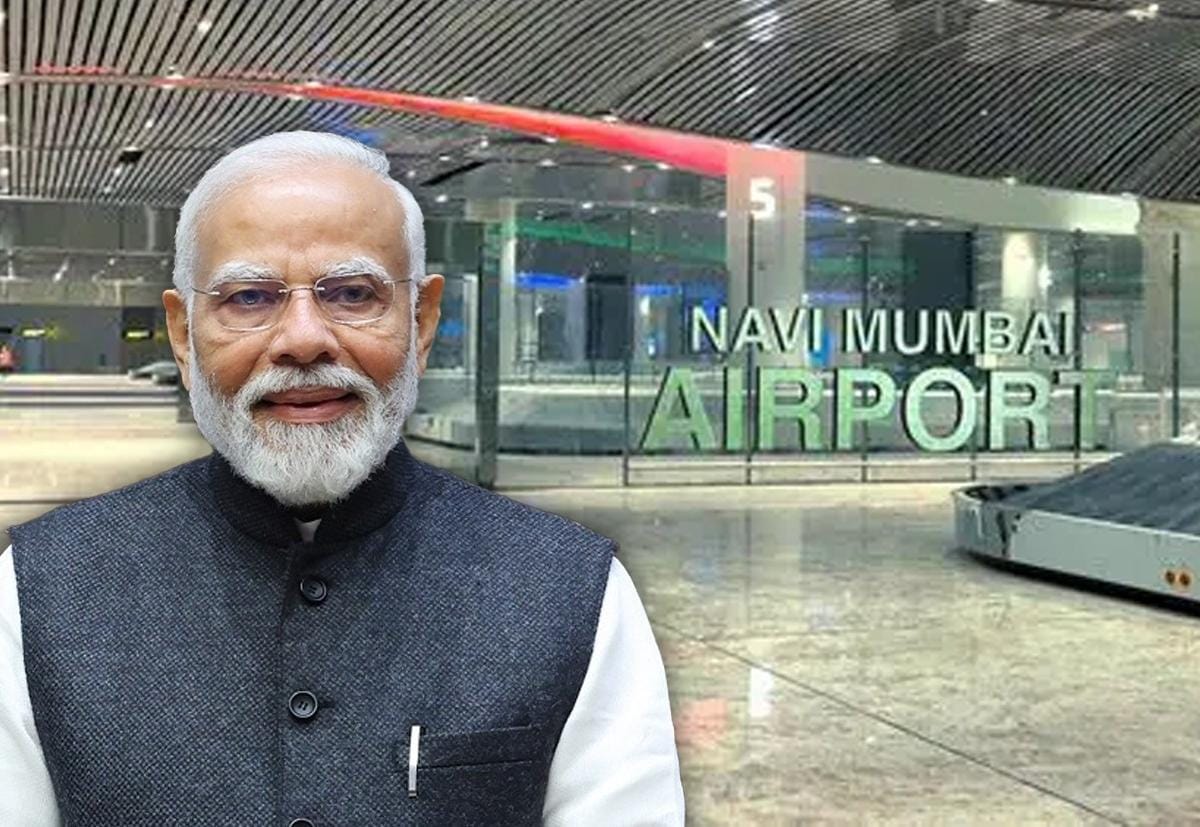Prime Minister Narendra Modi is set to inaugurate the first phase of the Navi Mumbai International Airport (NMIA) on October 8, 2025, marking a giant leap in India's aviation landscape. As a state-of-the-art greenfield project developed at a cost of ₹19,647 crore, NMIA is poised to become one of Asia's largest aviation hubs, blending cutting-edge AI technology with eco-friendly design to deliver a futuristic travel experience.
Key Highlights of NMIA:
-
Smart & AI-Enabled Operations: The airport integrates AI-powered automation, biometric gates, and a fully digital ecosystem for seamless passenger processing and operational efficiency.
-
Eco-Friendly Infrastructure: Sustainable initiatives include solar power generation, rainwater harvesting, energy-efficient architecture with natural lighting, and eco-conscious waste management.
-
Capacity & Design: Spread over 1,160 hectares with a lotus-inspired architectural design, the initial phase will handle 20 million passengers annually with plans to expand to 90 million passengers across four terminals and two runways.
-
Strategic Connectivity: Enhanced access via Mumbai Trans Harbour Link, Metro Lines, coastal roads, and integrated rail transport to ensure smooth last-mile connectivity.
-
Economic Impact: Projected to create over 2 lakh jobs across aviation, logistics, IT, hospitality, and real estate sectors, boosting regional growth.
-
Commercial Operations: Set to commence in December 2025 with partial operations by Air India Group, IndiGo, and Akasa Air shifting to NMIA.
This launch positions Mumbai alongside global twin-airport cities like London and New York, transforming India’s aviation footprint with a blend of technology, sustainability, and scale.
Source: Business Today, ANI, Economic Times

